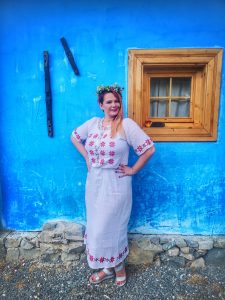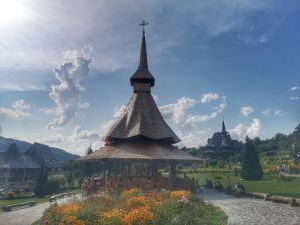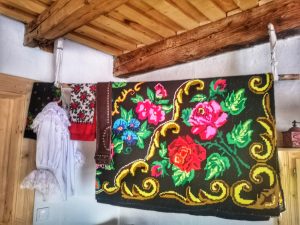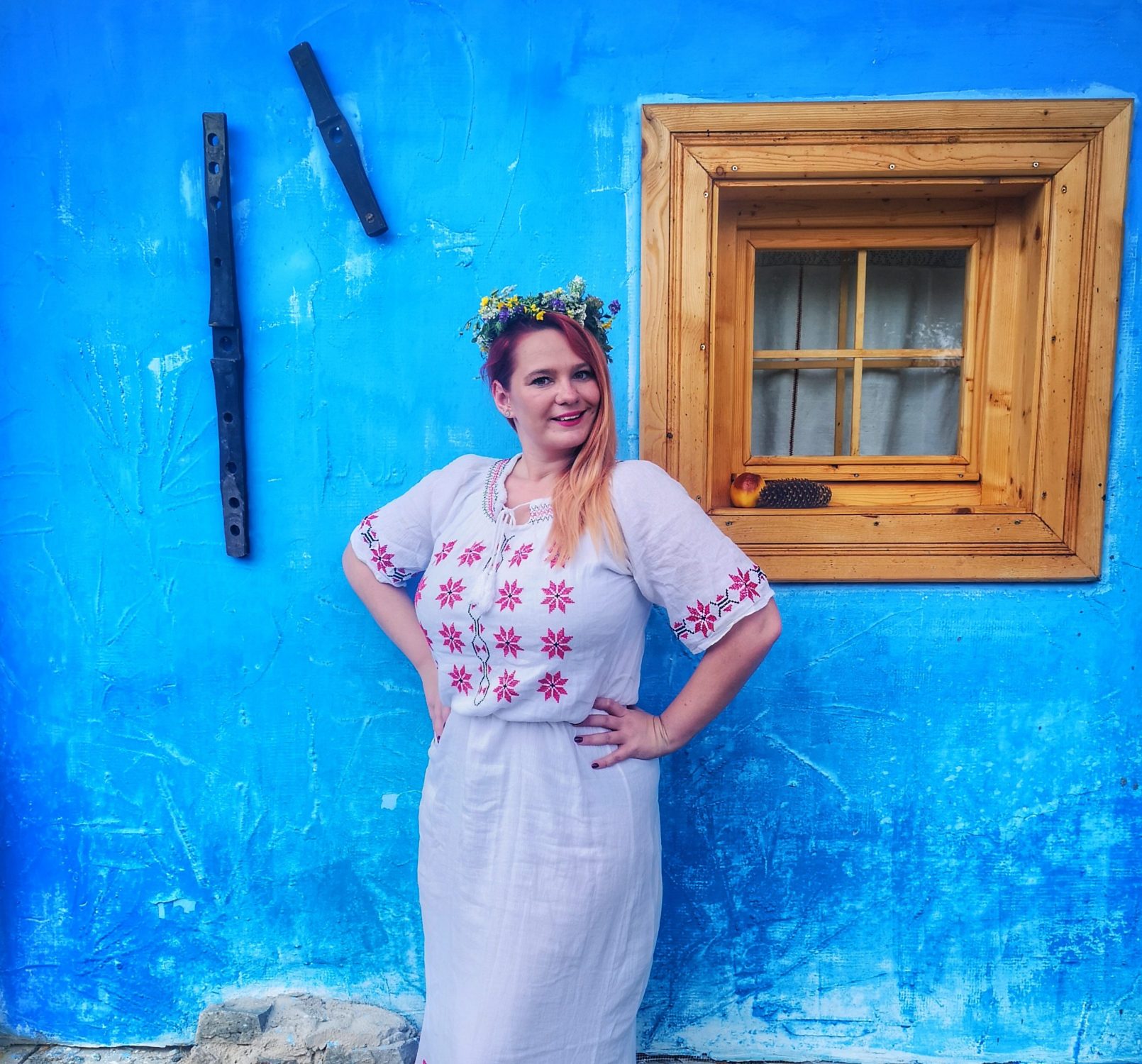A weekend is not enough to discover the tumultuous beauties of this area, but in the short time I spent here I tried to capture a little of the authenticity and beauty of the area.
I made the first incursion into the so-called soul of the Maramures village, the wooden churches. In this area we find 85 wooden churches, 8 of which are included in the UNESCO Heritage. They have some peculiarities, specific to this area. All these churches have elements of Romanian medieval architecture and impress with their suppleness, elegance and the wood technique used. What is especially remarkable is the wood sculpted with unparalleled care, the shingled roof with ornamental motifs, icons and sober frescoes inside.
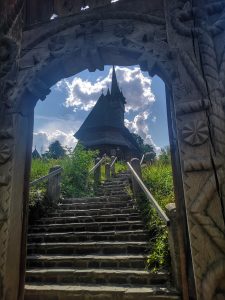
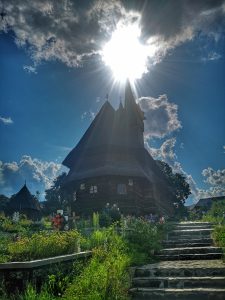
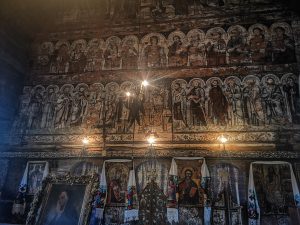
The slender and high towers of the churches touch the sky as if they were reaching perfection and urge us to contemplate, meditate and introspect. I could not indicate the fact that one of the 8 would be more special than the other, each of them is special, but the one that caught my attention was the Church from Budești Josani, dedicated to Saint Nicholas. Dating back to 1643 and considered an imposing construction for that period, located on a hill and dominating the center of the village, it is the largest church in historic Maramures. What is so special about this monastery and cannot be found elsewhere? It is the bell tower with 4 turrets. Inside it houses some of the chain mails of Pintea Viteazul, a legendary outlaw of the area.
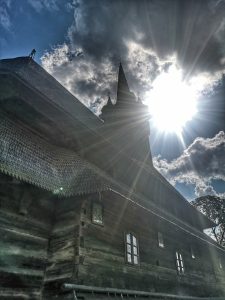
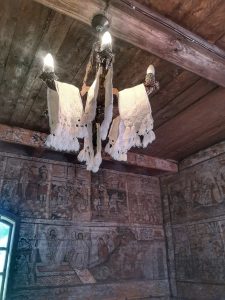
The second incursion took me on a route of almost 60 kilometers on the last genuine steam-powered forest railway in the world, the Mocănița on the Vaser Valley. Nowadays, on this route steam locomotives run alongside diesel locomotives. The railway crosses a huge forested area of special authenticity and wildness along the Vaser river and it reaches a maximum altitude of 1100 meters. You should know that for the ride on the “mocănița” you have to “arm yourself” with a little patience, the distance of 60 km being covered slowly (here time seems to pass more at leisure) and with 2 short stops in about six hours in summer.
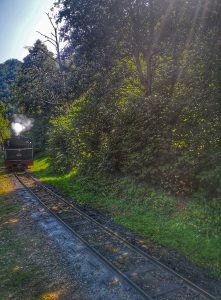
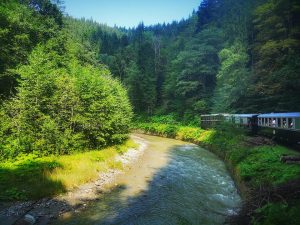
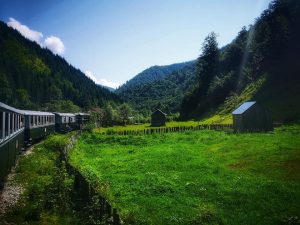
The final incursion was at Săpânța, a town famous for the Merry Cemetery, renowned for the brightly colored tombstones with naive paintings representing scenes from the lives of the deceased. On some tombstones there are even humorous verses. Here, the epitaphs do not guard tombs, but present death as a joyous event, as it was in Dacian culture. The first epitaph dates from 1935, and the entire cemetery today has about 800 tombstones carved in oak wood, colored with Săpânța blue and often contain paintings on both sides, on one there is a description of the life of the buried, and on the other the way the person died.
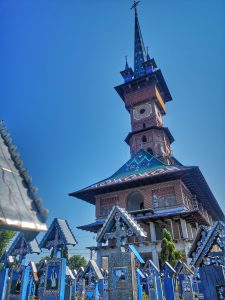
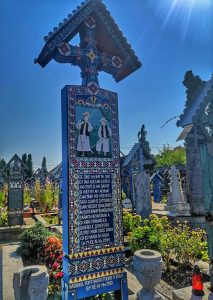
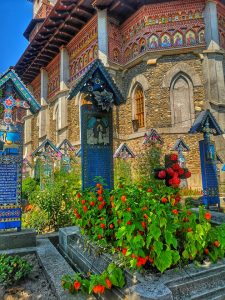
What did I learn from this weekend in a place that seemed to have been taken out of childhood? The fact that the church is the soul of the village and of daily life, the fact that the folk costume is still worn today with pride and that our grandparents worked hard to weave the wonderful folk costumes by hand. That crafts and traditions are passed from generation to generation. That here we can always learn a geography or history lesson. That whenever we want we can go back in time to simplicity, tranquility and … our grandparents’ house…
